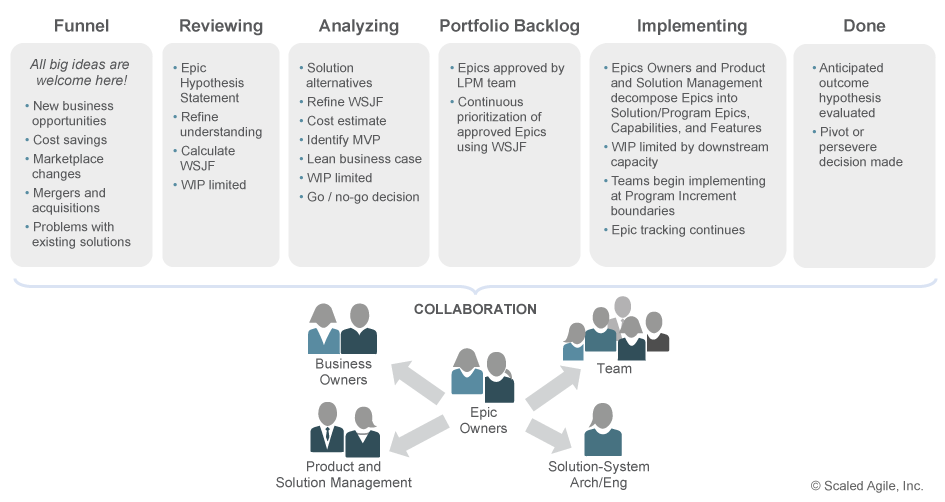


These labels serve to group together stories that belong together, not because they are different types of performing the same activity (e.g. Place Order stories to do with paying by Credit Card may be tagged with a 'credit-card' label and those to do with paying by PayPal will be tagged with a 'paypal' label. For example, all the browse and search and stock and pricing stories will be tagged with, say, 'product-catalog'. Now, as we go through the story life cycle, we tag these stories with Features. Generally, for most of our projects, we have tens of Epics and hundreds of stories. As a customer, I want to navigate the category hierarchy, so that I can browse products and drill down to the product most suitable for my needs. price range, brand, colour, size, etc.)Īgain, each of these would be written up in the format, e.g. It is the user story that is complete or not complete, goes live or does not go live.Īn Epic may result in a large number of user stories, not all will be developed or released at the same time.Īs an example, the Browse Product Catalog epic may break down into These are actual end-to-end user journeys, very limited in scope and defined in a way that can be estimated and planned independently, and developed, tested, and released in one release cycle. These Epics are then further broken down into User Stories.

As a customer, I want to browse the product catalog, so that I can make an informed purchase decision), but serve only as a starter for ten for what will be actually developed and released. These are written up as user stories (e.g. Our new web site will allow customers to browse products, view availability and pricing, place orders and see their past order history The sort of thing that you can use in an executive summary, such as, These are very high-level, almost marketing-centric, bullet-points of functionality. The way we work with Epics, Stories and Features is as followsĮarly in the project cycle, we come up with Epics.
PORTFOLIO EPIC DEFINITION SOFTWARE
After all, isn't agile about Individuals and interactions over processes and tools and Working software over comprehensive documentation? Some method like scrum tend to define them more formally, but pick what work for you and leave the rest. The important is that everyone on the team agree on a definition so you can understand each other. Seriously, I wouldn't worry too much about it. In Canada, what is considered right wing may be considered left-wing in the United State. Its like the difference between a right wing politician or a left wing politician. Those definitions are far from a mathematical definition or a standardized term. That is how we define those terms where I work. They usually map cleanly to a specific acceptance test. There is also the question of scenario, which are usually a way a Feature/User story will be executed. User story: as a customer, I want to pay with the most popular credits cardsįeature support the GOV-TAX-02 XML API of the government. You can use both : User stories to define what bring business value and feature to describe constraint of the software. A feature can be a way to realize a user story. A user story can be a specific justification for a feature, or a specific way to do it. I don't think there is really a hierarchy between the two, but you can have one if you want or if it fit how you work. I want to be able to modify the customer information User stories tend to express what the user want to do : User story Editing the customer information via the web portal.It is often recommended that they be granular enough to fit in a single iteration.įeatures usually tend to describe what your software do : Feature Allow the customer to manage its own account via the Webįeature and User Story are more specific functionality, that you can easily test with acceptance tests.It will usually be broken down into smaller user story or feature when you try to make sense of it and making them fit in an agile iteration. Usually, an Epic comprise a very global and not very well defined functionality in your software. Take everything I say with a huge grain of salt. There is many way to interpret them, varying in the literature and how people see them.


 0 kommentar(er)
0 kommentar(er)
